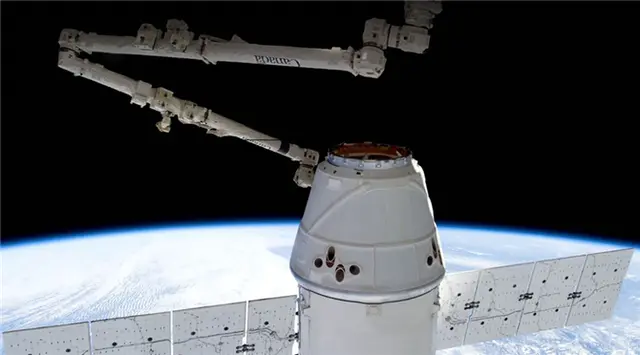U.S. private spacecraft company SpaceX launched on Sunday morning the Jason-3 ocean-measuring satellite, but failed in its attempt to land the spent first stage of its Falcon 9 rocket on a ship in the Ocean.
A SpaceX Falcon 9 rocket shot into the fog right on time at 10: 42 a.m. PST (1842 GMT) from Vandenberg Air Force Base in central California, sending the Jason-3 ocean-monitoring satellite into orbit.
The flight mission features the 180-million-U.S. dollar Jason-3 satellite, a newest member in a series of Earth-observing satellites designed to provide worldwide observations of global sea levels.
The U.S. space agency NASA then confirmed the Jason-3 satellite "ready for science operations! Solar arrays deployed and power positive."
The international mission Jason-3, led by the National Oceanic and Atmospheric Administration (NOAA) partnering with the U.S. space agency NASA, CNES (the French Space Agency) and the European Organization for the Exploitation of Meteorological Satellites, will continue to monitor and precisely measure global sea surface heights, observe the intensification of tropical cyclones and support seasonal and coastal forecasts.
Jason-3 data will also benefit fishery management, marine industries and research into human impacts in the world's oceans. The mission is planned to last at least five years.
For many, it was what happened after the launch that's most important. Shortly after liftoff, SpaceX tried to land the first stage of the Falcon 9 rocket on a floating drone ship in the ocean, with a landing zone of 150 feet (45.7 meters) by 250 feet (76.2 meters).
But about 25 minutes after the rocket lifted off, SpaceX tweeted, "First stage on target at droneship but looks like hard landing; broke landing leg...Second stage re-ignition successful. Jason-3 satellite has been deployed."
"After further data review, stage landed softly but leg 3 didn' t lockout. Was within 1.3 meters of droneship center," SpaceX confirmed later.
Kevin Meissner, who used to work for SpaceX, told Xinhua, "the sea landing doesn't require much fuel because you don't need to turn around and fly all the way back to the land."
The offshore landing attempt follows on the heels of SpaceX's successful Falcon 9 rocket landing on a land-based pad at Florida' s Cape Canaveral Air Force Station on Dec. 21, which was considered an important milestone in the space industry and a big step toward making rockets reusable.
"Definitely harder to land on a ship. Similar to an aircraft carrier vs land: much smaller target area, that's also translating & rotating," SpaceX CEO Elon Musk tweeted.
SpaceX has tried several times last year to land its rocket booster on a drone ship in the ocean, but all without success. Sunday's attempt is the latest in a series of trial runs as SpaceX tries to make rocket parts reusable, lowering the cost of spaceflight and making it more sustainable and accessible.
"Well, at least the pieces were bigger this time!" said SpaceX CEO Elon Musk, adding that he is optimistic about upcoming ship landing.
 简体中文
简体中文

